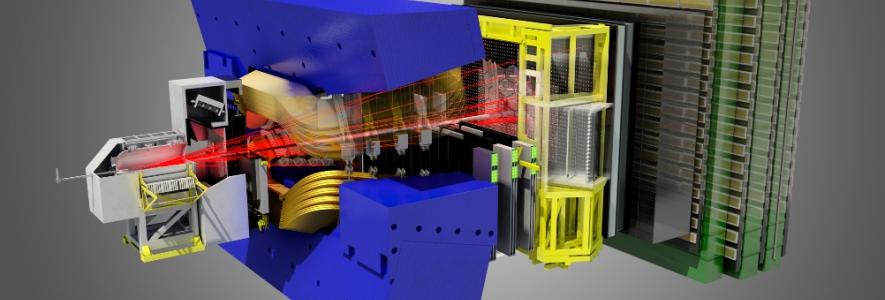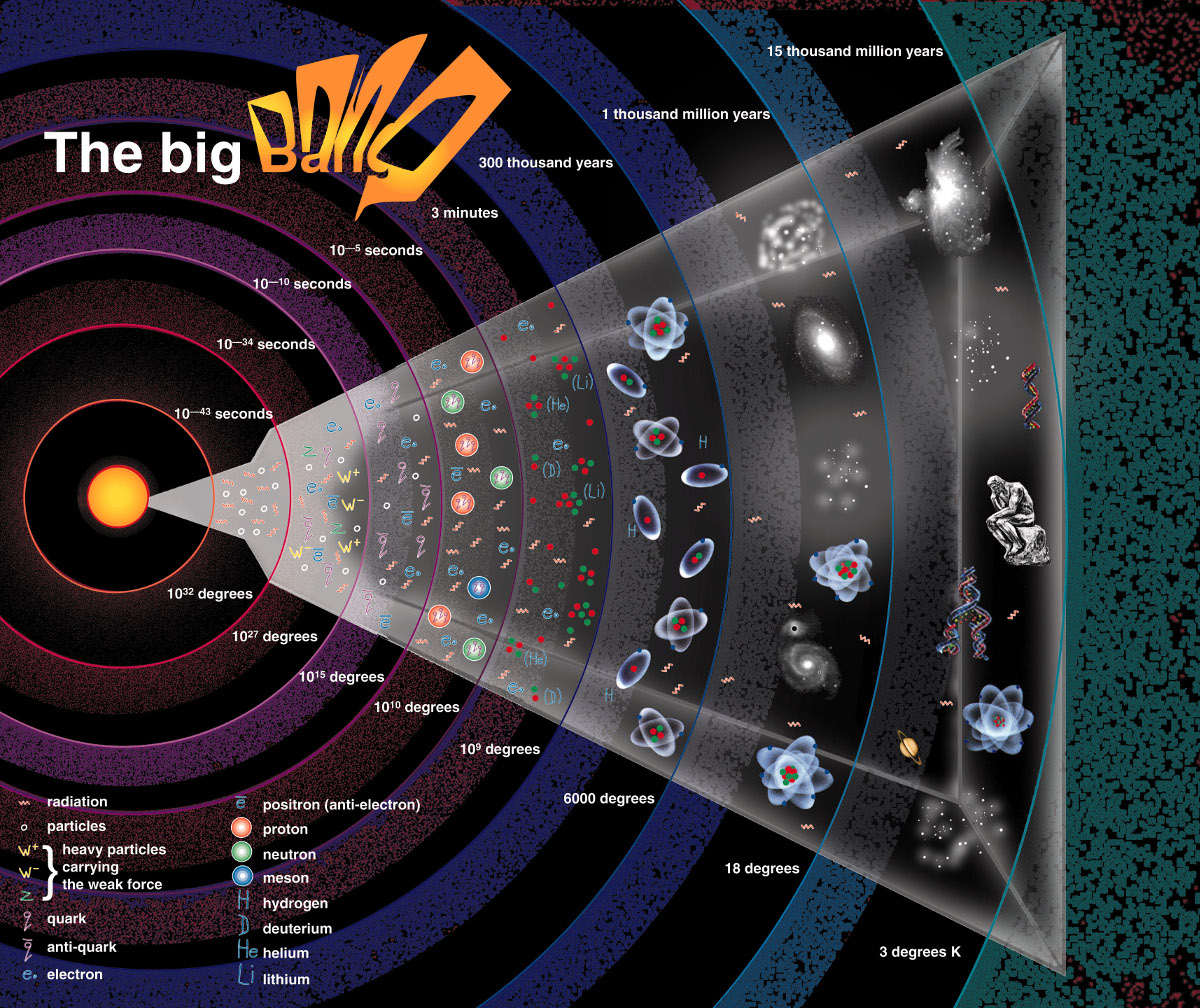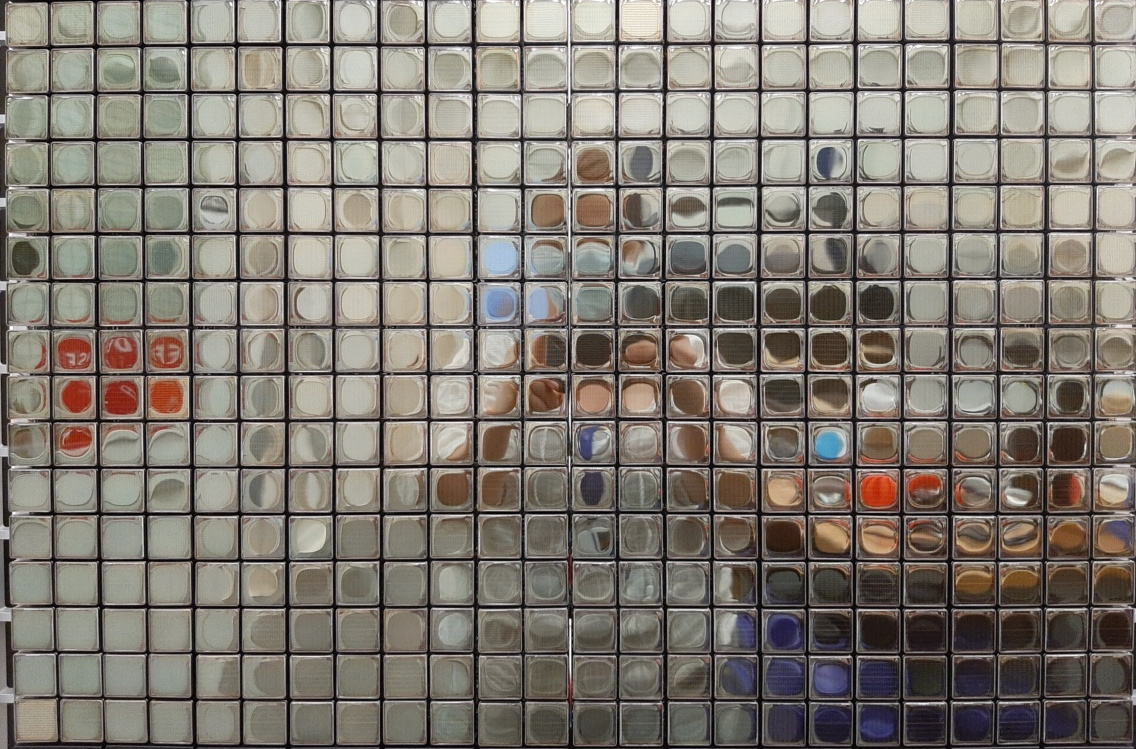
Contact
Paula Alvarez Cartelle
Group Members
Paula Alvarez Cartelle, Joshua Bex, Jordy Butter, Harry Cliff, Daniel Foulds-Holt, Quentin Führing, Tianqi Gao, Val Gibson, Chris Jones, Juanjo Juan Castella, Matthew Kenzie, Davide Lancierini, Thomas Long, George Lovell, Lakshan Madhan, Julio Nóvoa Fernández, Francesca Swystun, Callum White, Richard Williams, Ella Wood, Stephen Wotton
We are members of the CERN LHCb collaboration. LHCb is an experiment at the CERN LHC collider, which has been taking data since 2009. LHCb was primarily designed to investigate the decays of B-particles (particles containing b-quarks) and so provide an insight into the phenomenon of CP-violation. The collaboration comprises almost 1000 physicists and engineers from more than 65 institutes from all over the world.

What is CP violation?
One of the outstanding puzzles in particle physics and cosmology is the dominance of matter over antimatter in the observable universe. In the Big Bang, matter and antimatter would have been produced in equal amounts. However, a minute flaw in the symmetries of nature resulted in the matter-dominated universe we know today. The phenomenon that distinguishes matter from antimatter is called CP violation and, although it is now well established, its origin remains one of the most compelling issues in particle physics.
What do we do?
Physics Analysis
We are engaged in an active experimental program in which we are investigating the properties of B-particle decays and how they can best be used to measure the CP-violation parameters. We also study rare B decays, which open a window onto new physics beyond the Standard Model. In addition we are testing the Standard Model through studies of electroweak physics and QCD at LHCb.
CP-violation is embodied in the Standard Model through four parameters which characterise the "CKM mixing matrix". In order to test whether the Standard Model provides an adequate description, it is important to measure CP violation accurately in many different B-particle and charm decays, so as to test whether the same set of parameters can model all the data. We are involved in several such analyses, which can be interpreted as measurements of the same angle γ.
LHC provides very large numbers of B-hadrons decaying in the LHCb detector, making it possible to observe very rare decay processes. These are all decay modes which are predicted to be highly suppressed in the Standard Model. For example the decay Bs→μ+μ- is predicted to have a branching fraction (3.56±0.30)x10-9. However, if new particles exist beyond the Standard Model, these could modify the prediction. LHCb (with strong Cambridge involvement) recently measured (2.9±0.7)x10-9, a measurement which rules out many New Physics scenarios. Another rare decay mode in which Cambridge physicists are centrally involved is K(*) μ+μ- (see, for example, here ).
LHCb provides high precision detectors at angles within ~15o of the collision axis. This complements the other big LHC detectors, ATLAS and CMS, which have their most precise detectors close to 90o. Therefore many LHCb measurements complement those of the other experiments. For example we study the Standard Model processes in which W± and Z bosons are produced, decaying to electrons or muons, possibly accompanied by jets (See papers here and here for Cambridge work). Since the underlying electroweak production process is already well understood in the Standard Model, these measurements provide a sensitive probe of the quarks and gluon in the proton, in a region not studied by previous experiments.

Detector responsibilities
We collaborate closely with other UK institutes and CERN to design, build and operate the Ring Imaging Cherenkov (RICH) detectors for LHCb. These detectors allow us to distinguish between the different types of particles produced in high energy proton-proton collisions. To do this, we exploit the Cherenkov effect in which photons are emitted by charged particles when the particle speed exceeds the local speed of light. These photons from this exceedingly feeble source are detected by extremely sensitive and high speed electronic detection systems.
The RICH detectors are currently being replaced in order to exploit improvements in the performance of the LHC. The original hybrid photon detectors (HPDs) have been replaced with Multi-anode Photomultipliers (MaPMTs) with external readout. The Cambridge Group designed the electronics that captures the digital signals from the front end electronics every 25ns and transports them to an off-detector CPU farm for processing.
In addition we play a key role in software development, event simulation and RICH pattern recognition for particle ID.
Future upgrades
We are already preparing for possible future upgrades of the LHCb RICH detectors where our focus is on the use of precision measurement of photon time-of-arrival in order to resolve photons coming from different interactions within the same bunch crossing. This capability is expected to be essential to achieve the best performance of the experiment during future higher intensity operation of the LHC.
Interested in joining the Cambridge LHCb group?
General information about applying to do a Ph.D. in the Cambridge group and typical projects available .
